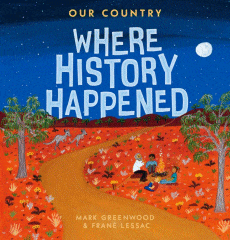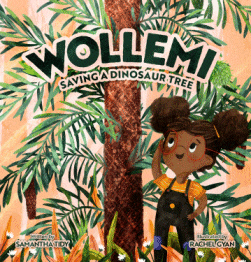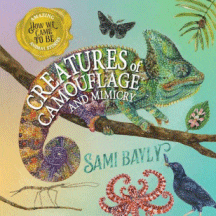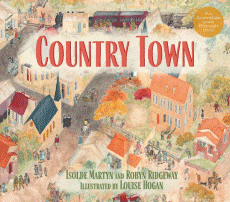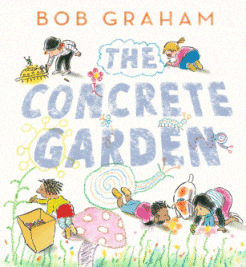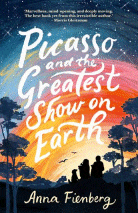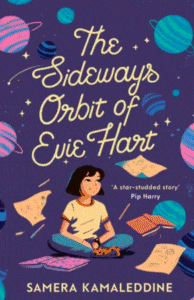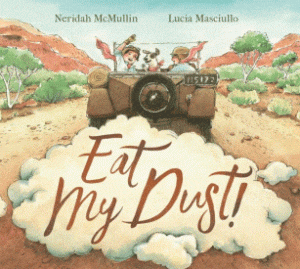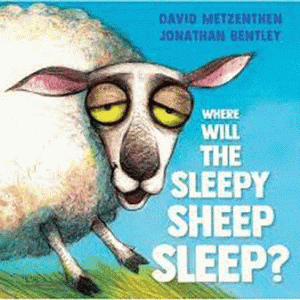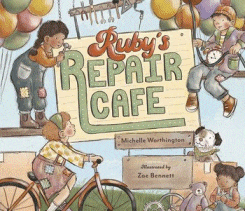
Ruby’s Repair Café
Ruby’s Repair Café
Michelle Worthington
Zoe Bennett
New Frontier, 2023
32[[., hbk., RRP $A26.99
9781922326805
If you broke something, tore something or just needed something to go again, then you (and everyone else in town) went to The Repair Café and Ruby would mend it for you. It was the busiest shop in town, long before the phrase “reduce, reuse and recycle” was mentioned. That was until the new department store opened next door and suddenly everyone wanted new and shiny and, instead of going to Ruby’s, the local tip filled with ditched and discarded stuff. Sadly Ruby’s Repair Café had to close down even though the stink from the tip wafted over the town and the piles pf garbage threatened to bury it!
But one night a huge storm sweeps through the town causing immense damage – even though it destroys so much, can it be the thing that saves it?
This is a captivating and original story that not only focuses on the environmental message but also has a touch of David and Goliath about it as the big chain store swallows up small business. a story playing out in rural towns like mine almost every week. (We’ve just seen our beloved pet shop close its doors because of one of the arrival of one of the chains.) So, as well as consolidating the message about our impact on the planet through our incessant demands for new and shiny, it has the potential to introduce students to that old biblical story and start them thinking about shopping locally and supporting all those mum-and-dad businesses in their neighbourhood. Just as they are aware of their environmental choices, can they also be more-informed consumers? Is price necessarily the most important factor?
Young children will appreciate the solution of how both Mr Bigg and Ruby resolve their dilemma but they might also start to look at their own habits, particularly as Christmas draws near and there is going to be another wave of stuff to swamp them.
